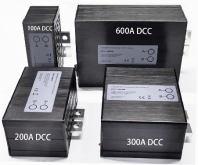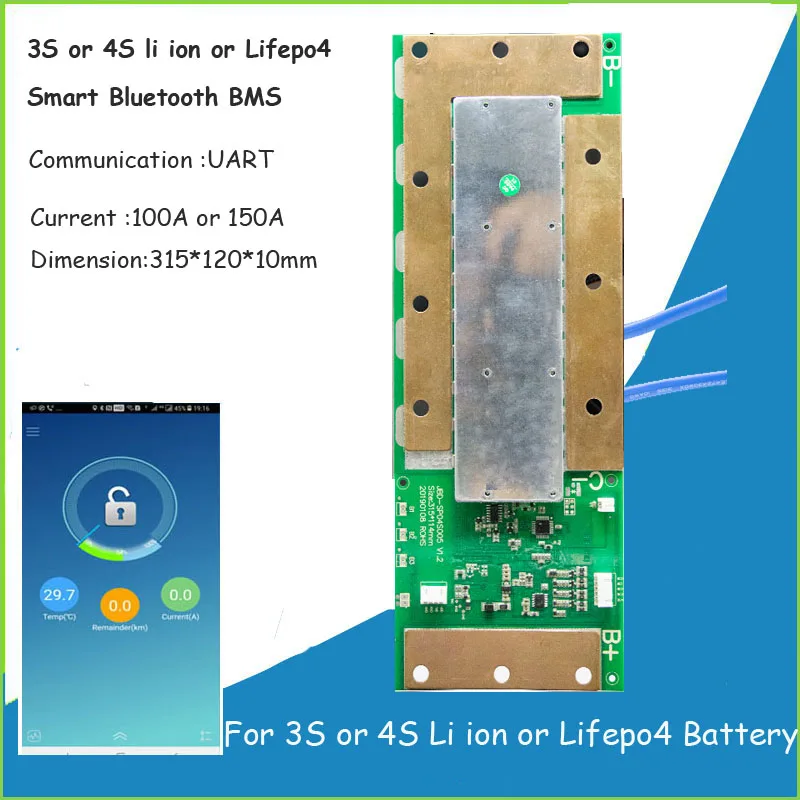RCinFLA
Solar Wizard
- Joined
- Jun 21, 2020
- Messages
- 3,572
Is anyone using the new Chargery DCC contactor boxes? They call them bi-directional contactors since they replace their previous solenoid mechanical contactors but they look like MOSFET switches from specs. I don't like how close together they but the connectors but they look reasonably priced. Are they in-fact MOSFET's switches ?
Ignore the continous current claim and pay attention to the Series Resistance I added based on their claimed 100A voltage drop.
That kind of spec would be unusual for a mechanical contactor.
The 100v max voltage concerns me they are in fact MOSFET's as 100v breakdown MOSFET's would be mostly an unnecessary extra cost although it might make sense so they don't have to carry so many models for different voltage battery systems.


Ignore the continous current claim and pay attention to the Series Resistance I added based on their claimed 100A voltage drop.
That kind of spec would be unusual for a mechanical contactor.
The 100v max voltage concerns me they are in fact MOSFET's as 100v breakdown MOSFET's would be mostly an unnecessary extra cost although it might make sense so they don't have to carry so many models for different voltage battery systems.






